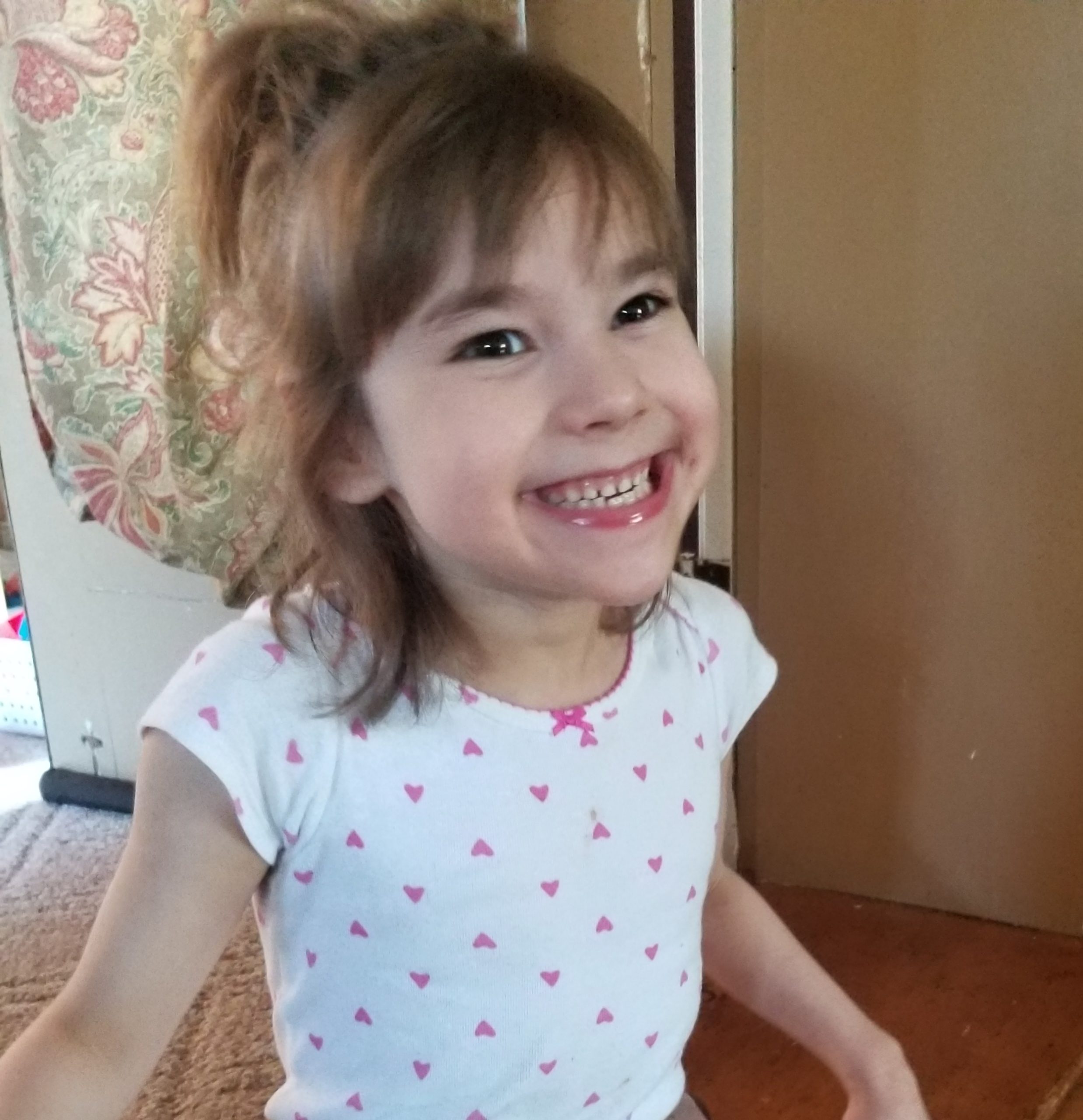
Jul 09, 2020
There were no concerns for the participant at birth or in the first couple of months of life. Around 3-4 months of age, the participant developed noisy breathing and was diagnosed with weak cartilage in the walls of her larynx (laryngomalacia).
By 6 months it was noted that she was not meeting some of her developmental milestones. At 11 months, she started to make noises and grasp objects and bring them to her mouth. Shortly after, she started to hold her head up. The participant continued to make slow progress developmentally. By age 4, she was able to crawl and sit up by herself. Currently she is able to pull herself up to a standing position and will take steps if she is supported. She will also drink from a straw but does not feed herself consistently. She has a few words, including “dad” and “baby.”
The participant has low muscle tone (hypotonia) and a mixed hyperkinetic movement disorder (excessive involuntary movements). Her movement disorder consists of involuntary muscle contractions (dystonia), involuntary twitching and writhing (choreoathetosis), and lack of muscle coordination (ataxia). She has always startled easily (exaggerated startle reflex). Medications tried for her movement disorder have included Sinemet and Artane.
At approximately 3.5 years of age the patient began having staring spells. Then, at around the time of an illness, she began having frequent sudden falls and became significantly less active. There was a concern that she was having seizures and developmental regression. Multiple electroencephalograms (EEGs) showed that she was not having seizures, although the EEGs were not normal. During this time period she was diagnosed with iron-deficiency anemia, which was treated. She was tried on a number of anti-seizure medications, including Keppra, pyridoxine, Lamictal, and medical cannabis. Her activity level did return to normal, but she continues to have staring spells and falls.
The patient has always been extremely happy. However, not long after she began experiencing frequent sudden falls, she started having frequent episodes of extreme irritability. This was first suspected to be the result of new medications, but it persisted after the medications were changed and stopped. She recently began taking clonazepam, which has helped significantly.
Some of her other symptoms include brain abnormalities (hypoplasia of the corpus callosum, progressive cerebellar atrophy, hypomyelination) and a head size that has decreased with age (acquired borderline microcephaly).

Clinicians and researchers have identified the following de novo genetic change to be causing the participant’s symptoms:
If this participant sounds like you or someone you know, please contact us!